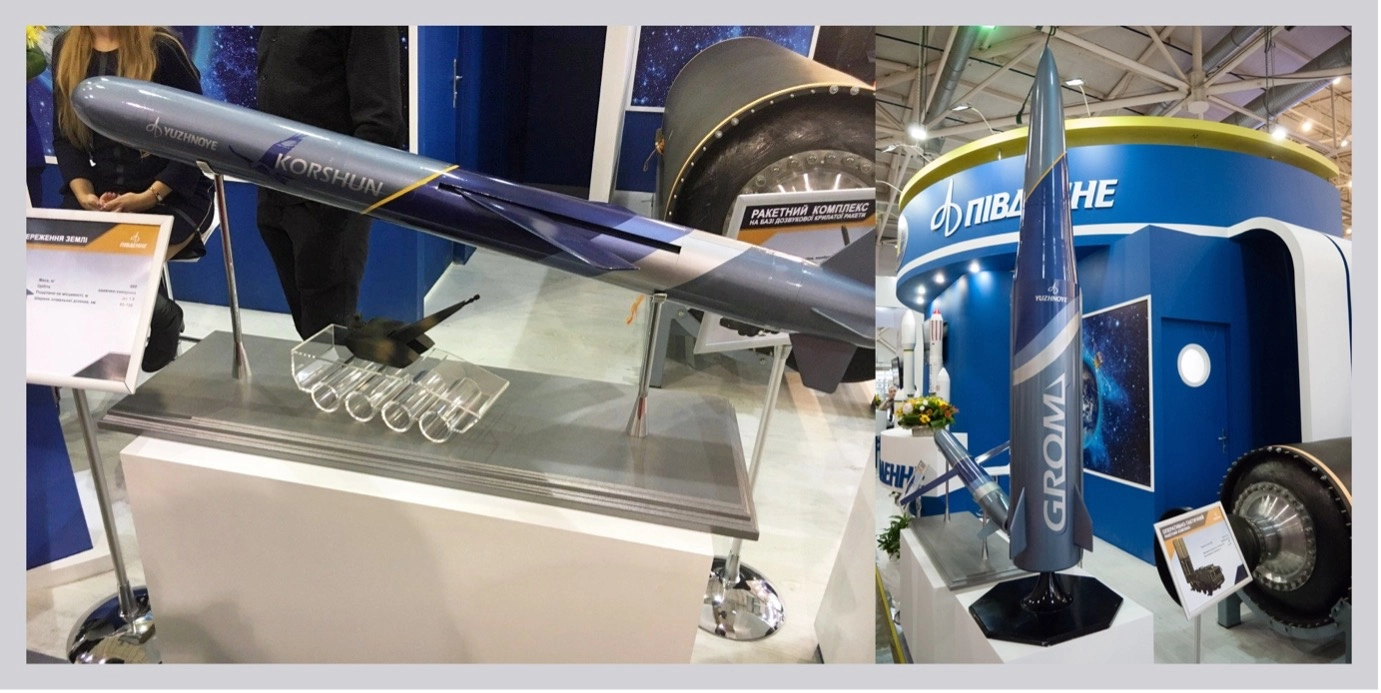Where it all began
One of the many great ironies that surround Russia’s illegal war against Ukraine is the fact that many of the weapons Moscow’s forces are using started life on the drawing boards of Ukraine when the two countries were part of the Soviet Union.
JOIN US ON TELEGRAM
Follow our coverage of the war on the @Kyivpost_official.
The T-54/55 and T-64 main battle tanks, which were Russia’s main armored workhorse for decades, were designed by the Kharkiv Morozov Machine Building Design Bureau. The T-64 became the basis for the later T-80 variants, also worked on in Kharkiv, used by Russia today.
In a 2014 article, Charles Recknagel for RFE/RL highlighted the fact that at the time Russia relied heavily on Ukraine for many of its key weapon systems.
For example, most of the engines for Russia’s helicopter fleet were produced by Motor Sich situated in Zaporizhzhia, while components for many of its aircraft came from the Antonov plant in Kyiv.
Additionally, many of the rocket motors and other key components for Russia’s strategic nuclear missiles were designed or manufactured in Ukraine by entities such as Yuzhmash in Dnipropetrovsk and Khatron in Kharkiv.
Recknagel even went as far as to suggest that one of the motives for the 2014 partial invasion was to try to secure some of these strategic assets and now, by extension, another motive for the 2022 full-scale invasion.
Ukraine’s long-range missile program
Many of the missiles Russia has been using to strike Kyiv and other cities, along with Ukrainian infrastructure, were originally designed and built in Ukraine.
10,000 Destroyed Since They Invaded: Is Russia Running Out of Tanks?
Elements of the Kh-55 family of cruise missiles were designed by the Yuzhnoye State Design Office (YSDO) in Dnipro and, while the complete missile was developed by Moscow’s MKB Raduga design bureau, the missiles went into serial production in the 1980s at the Kharkiv Aviation Plant (KSAMC) with engines provided by Motor Sich.
In looking to develop its own missiles Ukraine isn’t starting from scratch. Discussions between the State Enterprises previously responsible for weapons development, Ukroboronexport, YSDO and Motor Sich began in 2014, but lack of funding prevented progress.
Ukraine holds all the original technical details of the Kh-55 and its derivatives, as well as probable access to documentation relating to Russia’s Kh-101 and Kalibr missiles. In developing new missiles, it will use this information as the basis for two new missiles: the Korshun cruise missile and the Hrim/Grom-2 vertically launched tactical missile.
Models of the Korshun and Hrim-/Grom-2 missiles
Photos: Wikipedia
While the exact technical details of the missiles are confidential it’s believed that the Korshun will be designed for air, ground and ship launch and primarily used to attack static land targets, using known geolocated coordinates.
Based on open-source schematic drawings released by Ukroboronexport it will have a 480-kilogram warhead containing high explosive penetrating sub-munitions, although a conventional high explosive fragmentation warhead may also be available.
The missile will use a solid-fuel rocket booster to launch and bring it to cruising speed when a turbojet engine will power it through the rest of the flight. The turbojet, which is a development of the original KH-55’s Soyuz R95-300 motor, is manufactured by Motor Sich with the new designation of MS400.
The original 2014 design was for a smaller missile with a range of around 300 kilometers. It seems that this newer version will be much larger, weighing around 1,300 kilograms and, when ground-launched, with a range of around 700 kilometers.
The former Ukrainian Defense Minister, Oleksii Reznikov, while speaking in a public forum in June suggested the range of the missile might be even longer: “We have very good prospects of having Ukrainian missiles with a range of more than 1,000 kilometers.”
The Korshun is expected to use a guidance system that combines inertial and GPS navigation. Ukraine now has access to Western technologies such as the Digital Scene Matching Area Correlation (DSMAC) and Automated Target Recognition (ATR) systems used by the Storm Shadow cruise missiles so may opt for a similar end-game guidance system that is less susceptible to electronic jamming.
This may also increase the missile’s effectiveness against some moving targets such as sea-going vessels. It’s believed that this technology has already been incorporated into the new Neptune-based surface-to-surface missile (SSM).
Fewer details are known about the Hrim/Grom-2 tactical missile. It seems this will be based on a Transporter Erector Launcher (TEL) vehicle and is a vertically tube-launched, ballistic missile with a single-stage, solid-propellant rocket motor.
It will carry the same warhead as the Korshun but on a much larger missile with a weight of around 3,000 kilograms. The maximum range is currently believed to be around 500 kilometers. It’s planned to deploy the missiles in batteries of three TELs, each carrying a single missile in its tube.
In spite of public statements by President Zelensky and Oleksiy Danilov, Secretary of Ukraine’s National Security and Defense Council (NSDC) that any weapons would only be used against military targets, the ability to strike between 700 to 1,000 kilometers or more provides the ability to strike deep into Russia.
That will focus the minds of not only the Kremlin but also Ukraine’s Western allies.
How far would be the reach – Shown: Combat radius of 1,000 kilometers
You can also highlight the text and press Ctrl + Enter











